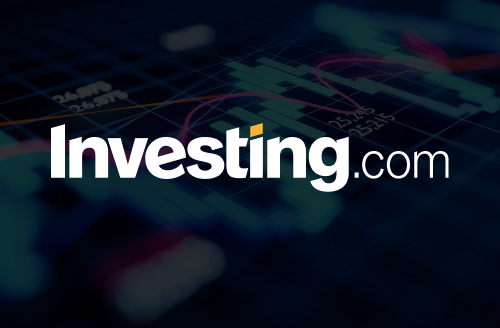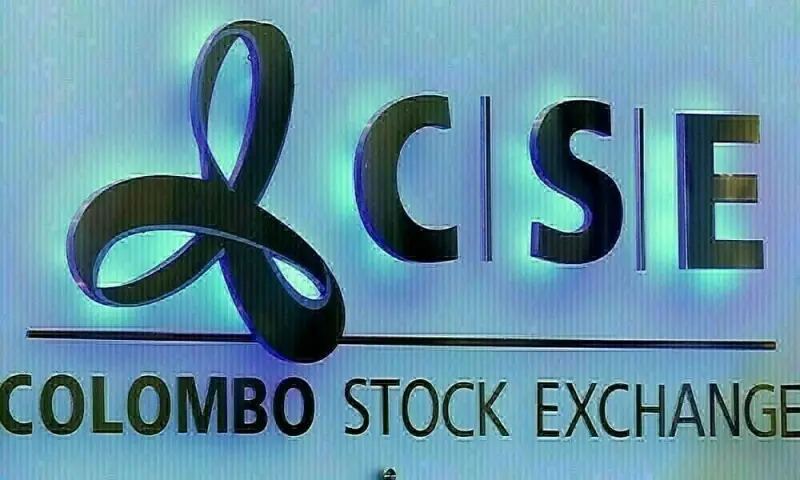
Wall Street’s latest craze—dubbed “run it hot”—reflects investors’ belief that the U.S. economy is poised for another growth spurt, powered by tax cuts, reductions, and surging investment in artificial intelligence. Despite weak labor market data and tariff-related headwinds, market participants are betting that easy fiscal and monetary policies will drive asset prices even higher. The question is whether this optimism is grounded in fundamentals—or if investors are running ahead of economic reality.
Market Euphoria Meets Economic Caution
The U.S. economy is sending mixed signals. On the one hand, recent data revisions showed the country added 911,000 fewer jobs than previously estimated over the past year, and tariffs are expected to weigh on consumer purchasing power. On the other, stocks, , and even are hitting record highs. The recently crossed 46,000, while the and also posted fresh peaks.
High-valuation sectors, particularly technology, are leading this surge. Retail traders are heavily buying into names like Nvidia (NASDAQ: ), Tesla (NASDAQ: ), Palantir (NASDAQ: ), and Opendoor (NASDAQ: ), and meme stock trading has re-emerged, signaling a resurgence in risk appetite.
Yet, market veterans are split on whether a new economic expansion is truly underway or if this rally reflects misplaced faith in rate cuts. As David Kelly of J.P. Morgan Asset Management cautions, lower interest rates may fail to offset structural weaknesses, especially in cyclical industries like manufacturing and retail.
Interest Rates, Bonds, and the Inflation Paradox
The Federal Reserve is widely expected to cut rates this month, sparking a rally in both short- and long-term Treasurys. The —closely tied to Fed policy expectations—has dropped to a three-year low. Curiously, longer-dated bonds are also rallying, suggesting investors are hedging against both recession fears and future inflation risks.
Gold prices reinforce this narrative, soaring 39% year-to-date to $3,649.40/oz as investors hedge against uncertainty. Typically, simultaneous rallies in equities, bonds, and gold suggest a market driven more by liquidity expectations than economic fundamentals.
AI Investment Cycle Fuels Divergent Outcomes
Artificial intelligence remains a powerful tailwind for equity valuations, enabling tech giants to maintain momentum despite broader economic uncertainty. Oracle’s (NYSE: ) recent $247 billion market value surge following AI contract announcements underscores the scale of this capital expenditure cycle.
Economists like Tiffany Wilding of Pimco argue that strong consumer indicators—such as robust air travel and restaurant bookings—signal underlying economic resilience. AI’s productivity potential may allow the U.S. economy to grow even as traditional labor-market strength softens, shifting the paradigm for America’s historically consumption-driven growth model.
Key Market Metrics
Metric
Latest Value
YTD Change / Trend
Context
Dow Jones Industrial Average
46,000+
Record high
Driven by tech and AI optimism
S&P 500
~5,600
Record high
Buoyed by liquidity expectations
Nasdaq Composite
~19,000
Record high
Tech-led growth
Gold
$3,649.40/oz
+39%
Inflation hedge, uncertainty signal
2-Year Treasury Yield
~3-year low (~3.2%)
Down sharply
Rate cut expectations priced in
Job Creation Revision
-911,000 (YoY)
Negative
Signals softening labor market
Oracle Market Value Surge
+$247 billion in one day
AI-driven
Massive AI contract announcements
Bullish vs. Bearish Scenarios
Bullish Case
Policy Tailwinds: Aggressive rate cuts and fiscal support could stimulate consumption, capital spending, and equity valuations, extending the bull market.
AI-Driven Productivity: Accelerating AI adoption may boost corporate margins and offset demographic and immigration-driven labor market challenges.
Resilient Consumers: Travel and entertainment demand remain strong, hinting at ongoing household balance sheet strength.
Bearish Case
Tariff Drag: Rising trade barriers risk pressuring consumer spending by effectively taxing imports.
Earnings Disappointment: If growth slows further, lofty equity valuations may trigger sharp corrections, particularly in speculative sectors.
Liquidity Trap Risks: Rate cuts may fail to spark borrowing or capex growth if businesses perceive heightened recession risk.
Investment Takeaways
The “run it hot” narrative is a bet on stimulus-driven growth and AI-led transformation, but the divergence between market optimism and slowing macro indicators cannot be ignored. Investors should consider:
Portfolio Diversification: Balance high-growth tech exposure with defensive sectors (utilities, healthcare) and real assets like gold.
Fixed-Income Opportunities: Lower Treasury yields create entry points for duration plays, especially if inflation risks resurface.
Global Positioning: Rising trade tensions underscore the need for geographically diversified equity exposure.
AI and Productivity Plays: Companies with measurable AI integration and cost efficiencies are better positioned than meme-driven trades.
In essence, Wall Street is betting that monetary easing will sustain this cycle, but history shows that excessive optimism in the face of weakening fundamentals often precedes volatility. Prudent investors should participate selectively, hedge risk, and remain alert for signs that liquidity-driven rallies may be masking deeper economic cracks.



